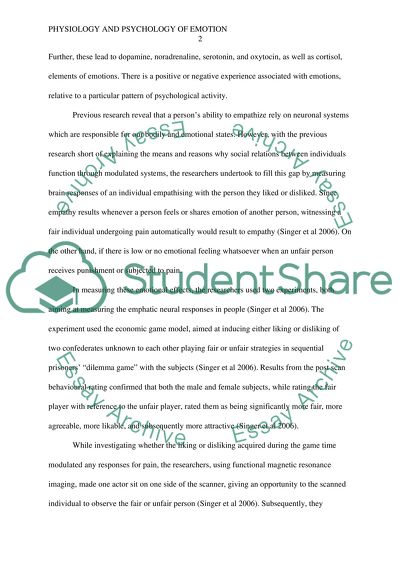Cite this document
(“Physiology and Psychology of Emotion (article review) Essay”, n.d.)
Physiology and Psychology of Emotion (article review) Essay. Retrieved from https://studentshare.org/psychology/1491914-physiology-and-psychology-of-emotion-article
Physiology and Psychology of Emotion (article review) Essay. Retrieved from https://studentshare.org/psychology/1491914-physiology-and-psychology-of-emotion-article
(Physiology and Psychology of Emotion (article Review) Essay)
Physiology and Psychology of Emotion (article Review) Essay. https://studentshare.org/psychology/1491914-physiology-and-psychology-of-emotion-article.
Physiology and Psychology of Emotion (article Review) Essay. https://studentshare.org/psychology/1491914-physiology-and-psychology-of-emotion-article.
“Physiology and Psychology of Emotion (article Review) Essay”, n.d. https://studentshare.org/psychology/1491914-physiology-and-psychology-of-emotion-article.


